People who eat a healthy, plant-based diet are less likely to suffer from dangerous snoring, finds study
Powered by WPeMatico
Powered by WPeMatico
Powered by WPeMatico
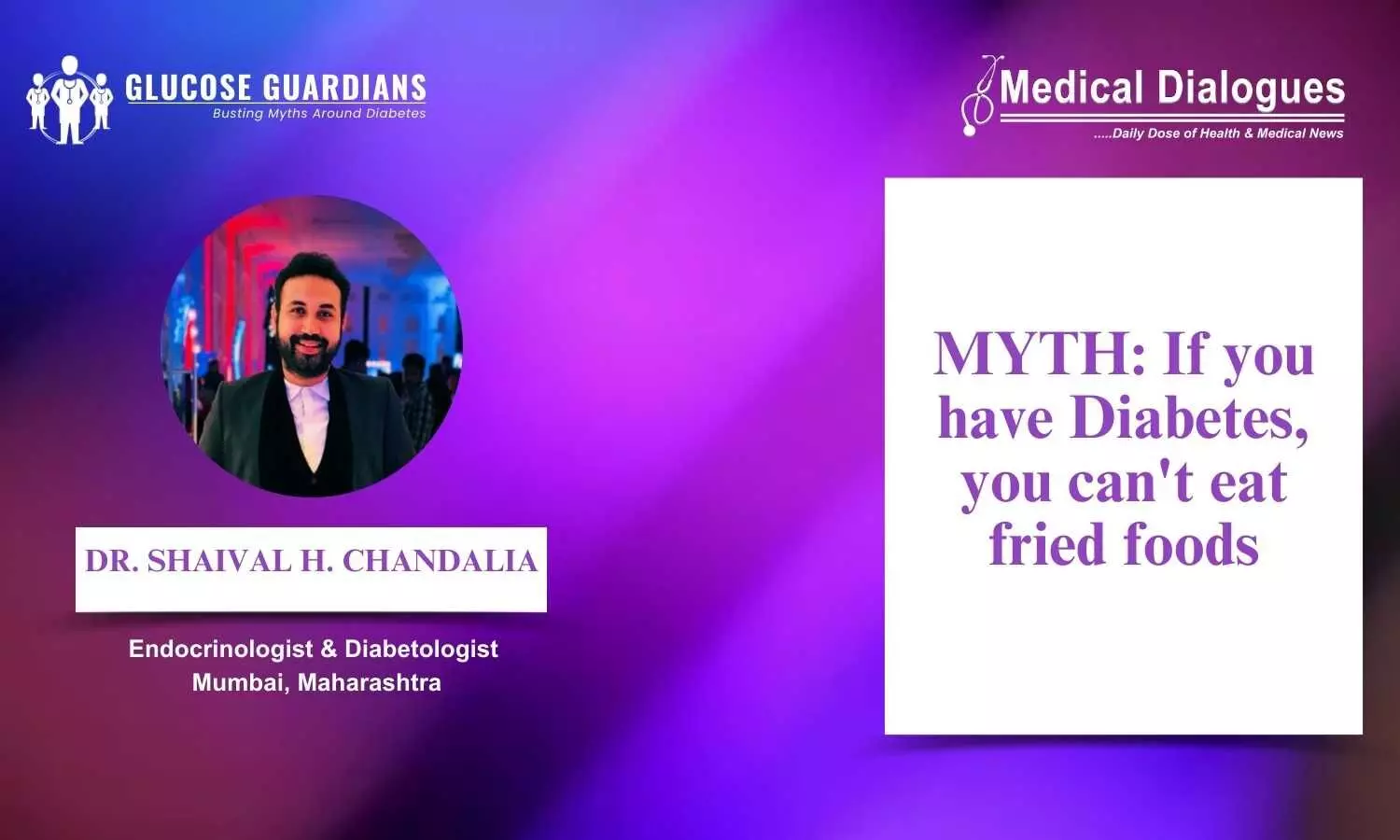
HbA1c below 7% is crucial for effective diabetes management. The HbA1c test measures average blood sugar levels over months, offering a comprehensive view of control. This target reflects well-regulated blood sugar, reducing the risk of complications like heart disease and kidney issues. Consistently achieving this goal is essential in preventing potential long-term complications associated with diabetes, promoting overall health and well-being for individuals managing the condition.
Contrary to the popular myth that individuals with diabetes must avoid fried foods, it’s important to note that moderation and smart choices can still allow for occasional enjoyment. While fried foods can impact blood sugar levels, they can be part of a well-balanced meal plan when prepared thoughtfully. Opting for healthier oils, controlling portion sizes, and considering the overall nutritional content can enable individuals with diabetes to enjoy fried foods occasionally. The key lies in mindful choices, monitoring blood sugar levels, and maintaining a balanced approach to diet within the framework of a comprehensive diabetes management plan.
In this video, Dr. Shaival H Chandalia, an Endocrinologist from Mumbai, discusses the HbA1c test done for Diabetes and the importance of keeping HbA1c levels below 7% while addressing the myth that individuals with Diabetes cannot eat fried food.
Powered by WPeMatico
Powered by WPeMatico
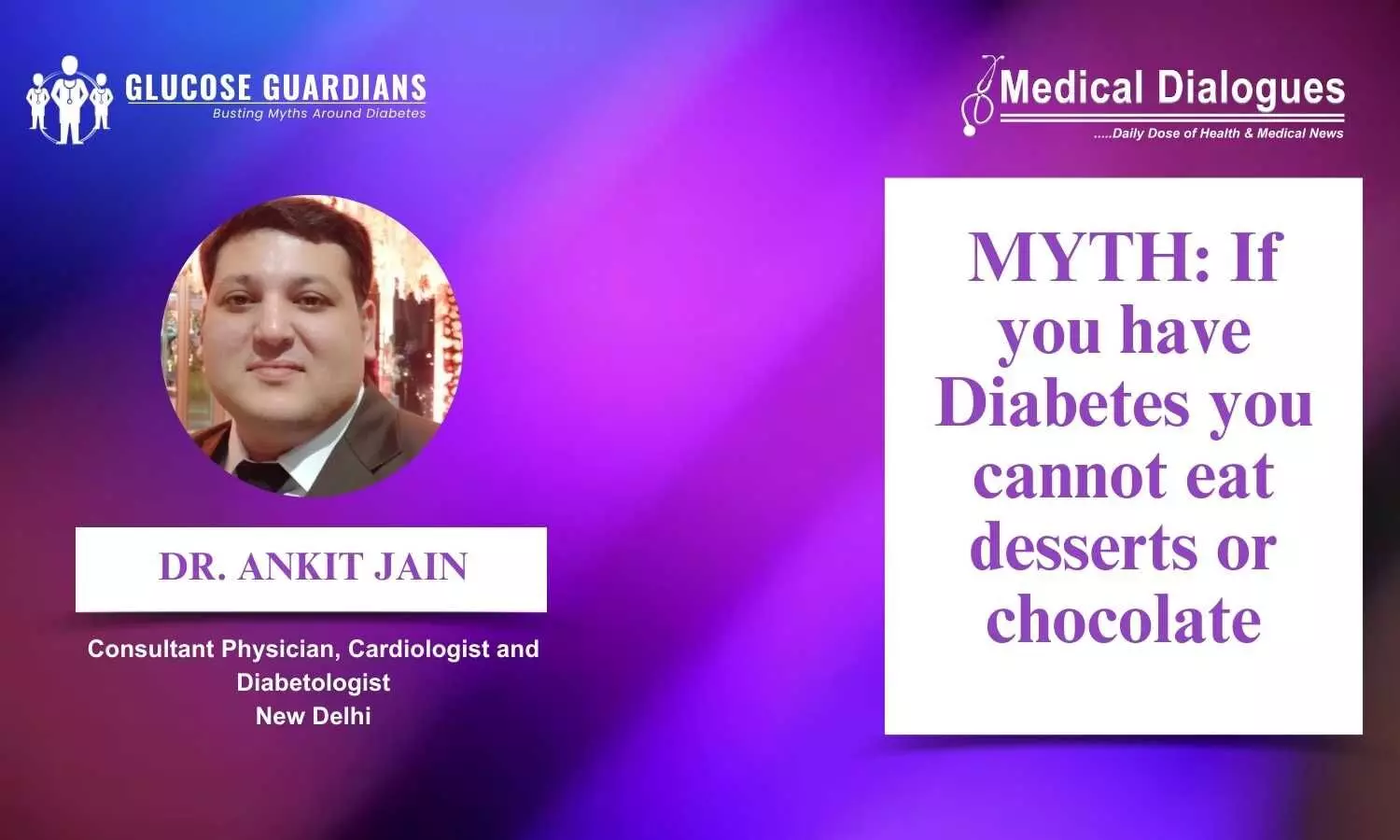
Ensuring HbA1c remains below 7% is essential for people with diabetes. The HbA1c test assesses average blood sugar levels, offering a comprehensive perspective on diabetes control. This target reflects well-managed blood sugar, lowering the risk of complications like heart disease and kidney issues.
Contrary to the popular myth that individuals with diabetes cannot indulge in desserts or chocolate, it’s crucial to emphasize that moderation and mindful choices allow for enjoyment. While managing carbohydrate intake is important, incorporating treats into a well-balanced meal plan is feasible. Diabetics can savor their favorite sweets by considering portion sizes, opting for sugar-free alternatives, and monitoring blood sugar levels.
In this video, Dr Ankit Jain, physician from Delhi discusses the HbA1c test done for Diabetes and the importance of keeping the level of HbA1c below 7% while dispelling the myth that individuals with Diabetes cannot eat desserts or chocolates.
Powered by WPeMatico

United States: The U.S. Food and Drug Administration has approved a bi-weekly dose of Johnson & Johnson’s blood cancer therapy Tecvayli, the drugmaker said on Tuesday.
Powered by WPeMatico
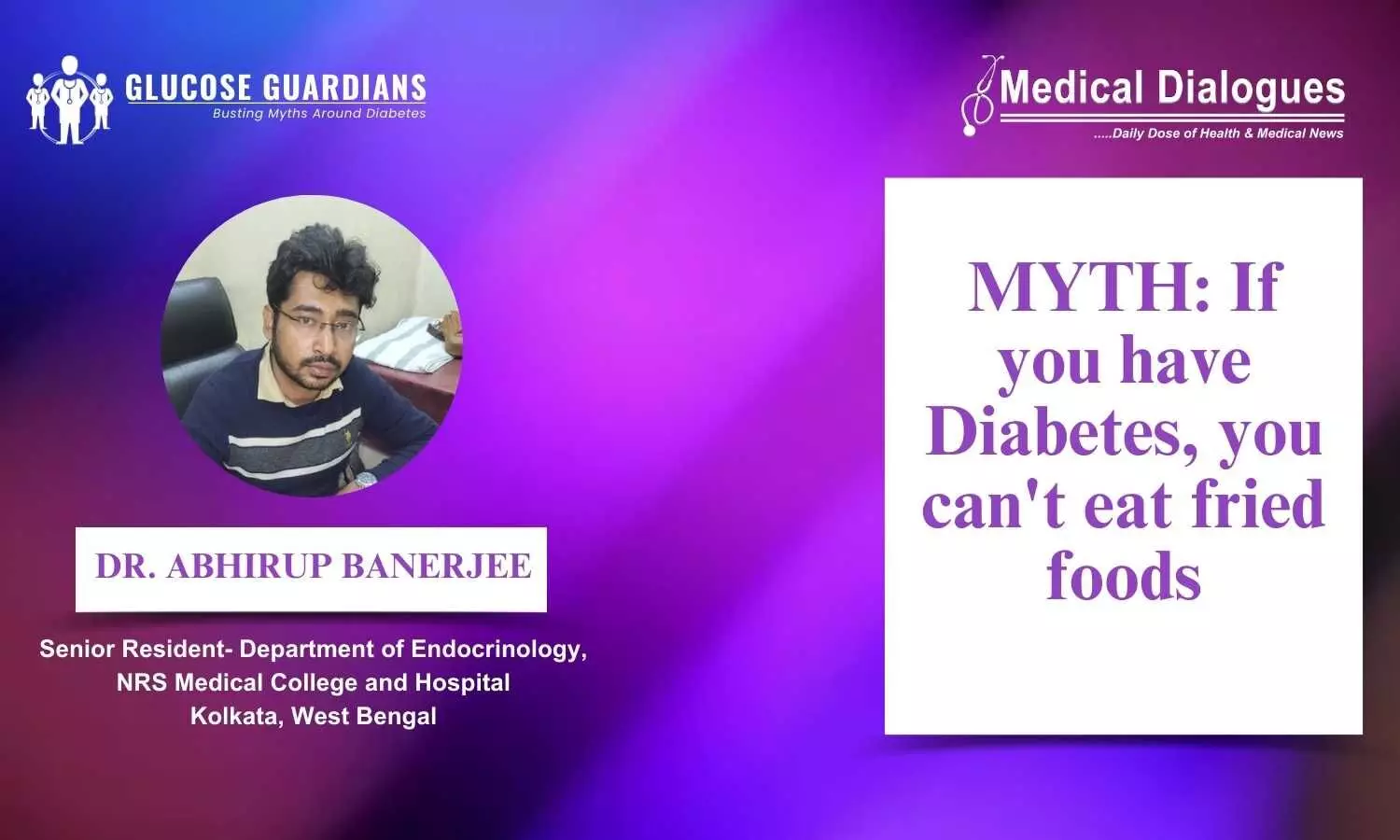
Diabetes is a chronic condition where the body either does not produce enough insulin or cannot effectively use the insulin it produces, leading to elevated levels of glucose in the blood. Managing diabetes is crucial because, over time, high blood sugar levels can cause serious health complications, including heart disease, kidney failure, vision loss, and nerve damage. Therefore, understanding and managing diabetes is essential for maintaining long-term health and quality of life.
Contrary to the popular myth that individuals with diabetes must avoid fried foods entirely, they can enjoy them in moderation with proper care. It’s important to acknowledge that fried foods are often high in unhealthy fats and calories, which can lead to blood sugar spikes. However, with mindful choices, like using healthier cooking oils, controlling portion sizes, and not making fried foods a regular part of the diet, people with diabetes can indulge occasionally without significant harm. The key is balanced meal planning and monitoring blood sugar levels to ensure that occasional treats like fried foods are accommodated within overall diabetes management.
In this video, Dr Abhirup Banerjee, an Endocrinologist from NRS Medical College Kolkata, discusses Diabetes and its complications while dispelling the myth that people with Diabetes must avoid fried food.
Powered by WPeMatico
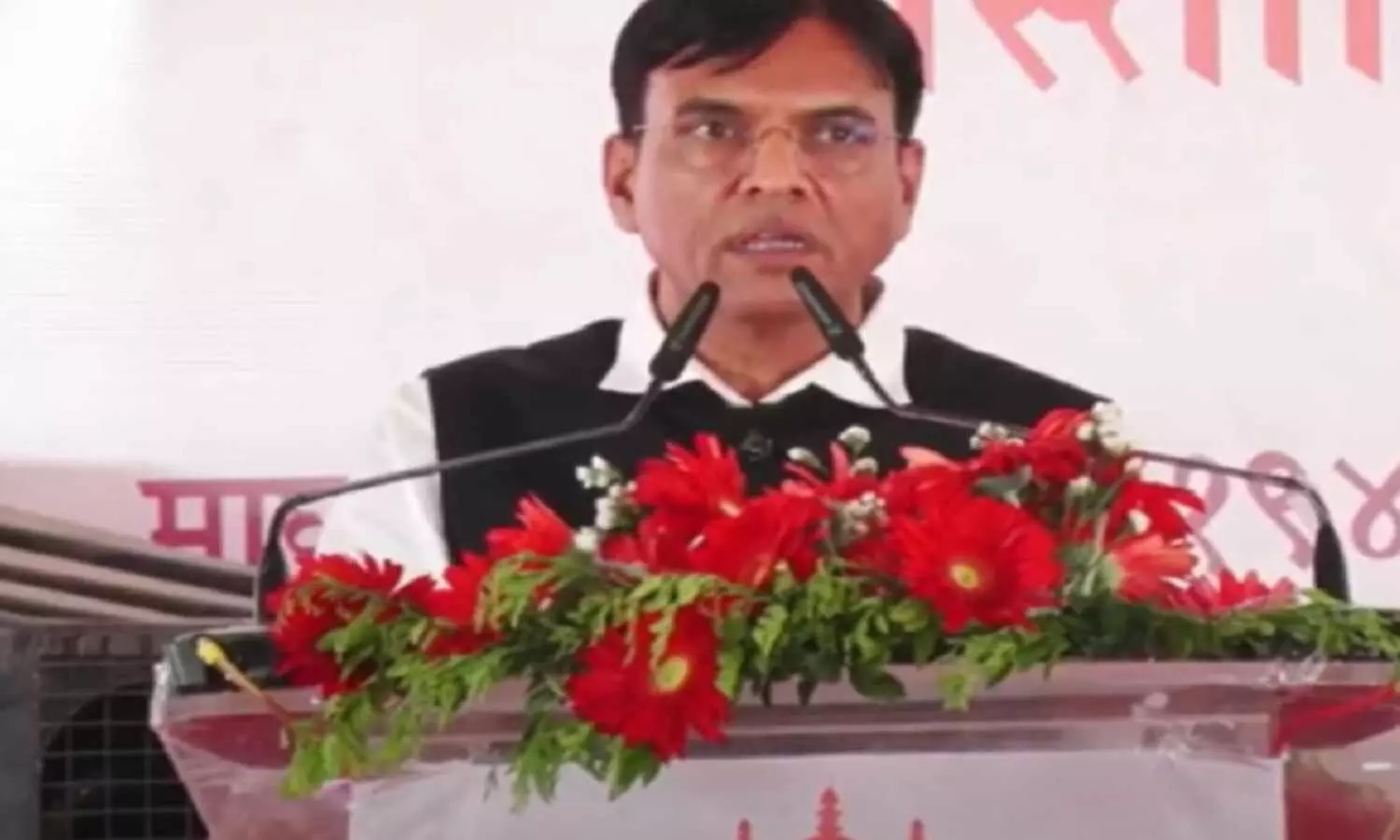
Latur: ”The preventive and promotive approach of our traditional health care systems has played a significant role in modern age today, proving itself to be instrumental in a crisis such as the recent pandemic.”
This was stated by Dr Mansukh Mandaviya, Union Minister for Health & Family Welfare as he inaugurated Vivekananda Cancer & Super Speciality Extension Hospital of Vivekanand Medical Foundation and Research Centre in Latur, Maharashtra yesterday in the presence of Shri Mohan Madhukar Rao Bhagwat, Sarsanghchalak, Rashtriya Swayamsevak Sangh.
Speaking on the occasion, Dr Mandaviya stressed that the world has many health models, however, India must strengthen its own health model aligned with Indian genetics, and focus on continental patterns of diseases relevant to its geography. He emphasized that “we must reflect on our roots and traditional ways of living inherent in the lifestyle, food that was that norm in those days, and therein we will find solutions to many of the health issues prevalent today.”
Reflecting on the increase in cancer and mental health patients over the last five years, the Union Minister further added, “Traditional system of living and food provide many medicinal insights and can play a pivotal role in mitigation of these alarming changes in health care scenarios.” He emphasized that India’s heritage and roots underlying India’s health model carry the knowledge to counter and treat various illness.”
Addressing the gathering, Dr Mandaviya said, “Under the visionary leadership of the Prime Minister, Shri Narendra Modi, the government strives to foster equality in healthcare services, striving to make them affordable and accessible through multitude of healthcare initiatives ensuring last-mile delivery.
Appreciating the commitment of Indian healthcare professionals towards providing service to humanity, the Union Minister said that this tradition is rooted in our age-old culture which is now recognised by the world. He said, “The COVID crisis has shown the world not only India’s strengths in medical and pharmaceutical sector but also its values of ‘Vasudhaiva Kutumbakam’. Reiterating that health is perceived as a service in India, he highlighted that nation aspires to create a people-centric, value-based system of healthcare. He further stated “Our culture taught us to serve people. Health is not a commerce but a service which is inherent in our culture.”
Underscoring India’s contribution and promotion of health services to the world, Dr Mandaviya stated “3 out of 10 medical research professionals abroad are Indians.” Dr. Mandaviya further added, “India’s medical and healthcare services extend beyond our borders, embracing the entire world.” The Union Health Minister added, “Our goal is to work holistically in the health sector with synergy between preventive healthcare and modern medical facilities and lead the momentum with Jan Andolan initiatives to ensure that healthcare reaches all in the nation.”
Powered by WPeMatico

Crisaborole may significantly improve stasis dermatitis, finds aninnovative study published in the Journal of the American Academy of Dermatology.
Crisaborole ointment, 2%, is a nonsteroidal topical phosphodiesterase 4 inhibitor approved for the treatment of mild-to-moderate atopic dermatitis. A study was done to evaluate the efficacy and safety of crisaborole in stasis dermatitis (SD). In this randomized, double-blind, vehicle-controlled, decentralized phase 2a study (NCT04091087), 65 participants aged ≥45 years with SD without active ulceration received crisaborole or vehicle (1:1) twice-daily for 6 weeks. The primary end point was percentage change from baseline in total sign score at week 6 based on in-person assessment.
Results: Crisaborole-treated participants had significantly reduced total sign score from baseline versus vehicle based on in-person (nondermatologist) assessment (−32.4% vs −18.1%, P = .0299) and central reader (dermatologists) assessment of photographs (−52.5% vs −10.3%, P = .0004). Efficacy according to success and improvement per Investigator’s Global Assessment score and lesional percentage body surface area reached statistical significance based on central reader but not in-person assessments. Skin and subcutaneous tissue disorders were common all-causality treatment-emergent adverse events with crisaborole. Small sample size and short treatment duration were key limitations. In-person assessment was not conducted by dermatologists. Crisaborole improved signs and symptoms of SD and was well tolerated. Central reader assessment represents a promising approach for siteless clinical research.
Reference:
Jonathan I. Silverberg, Robert S. Kirsner, David J. Margolis, Michael Tharp, Daniela E. Myers, Karen Annis, Daniela Graham, Chuanbo Zang, Bonnie L. Vlahos, Paul Sanders,Efficacy and safety of crisaborole ointment, 2%, in participants aged ≥45 years with stasis dermatitis: Results from a fully decentralized, randomized, proof-of-concept phase 2a study,Journal of the American Academy of Dermatology,2024, ISSN 0190-9622. https://doi.org/10.1016/j.jaad.2023.12.048.(https://www.sciencedirect.com/science/article/pii/S0190962224000525)
Crisaborole, stasis dermatitis, Jonathan I. Silverberg, Robert S. Kirsner, David J. Margolis, Michael Tharp, Daniela E. Myers, Karen Annis, Daniela Graham, Chuanbo Zang, Bonnie L. Vlahos, Paul Sanders, crisaborole ointment, 2%, chronic venous insufficiency; crisaborole; decentralized study; phosphodiesterase-4 inhibitor; pruritus; stasis dermatitis; topical ointment; total sign score
Powered by WPeMatico
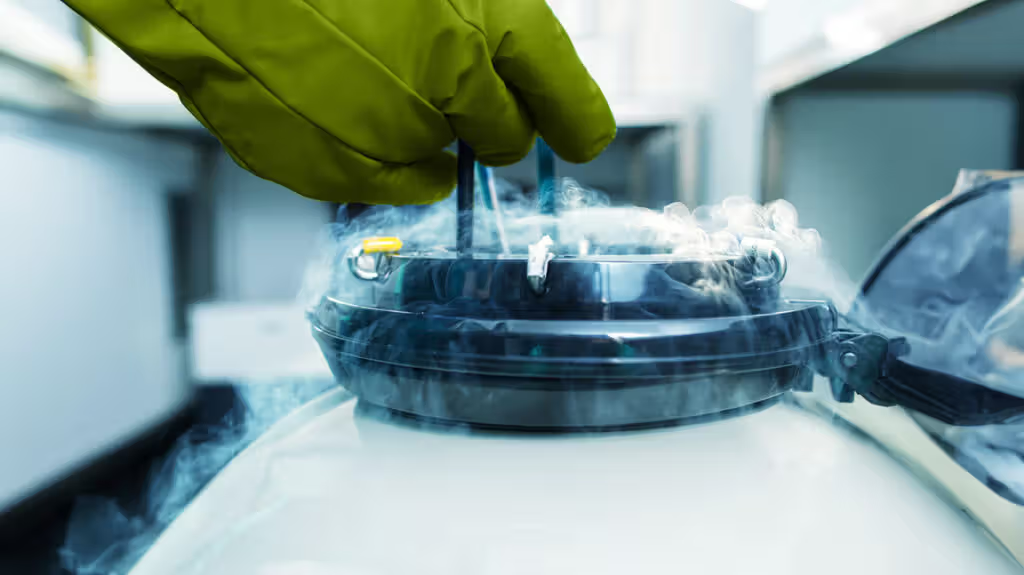
Removing, freezing, and then reimplanting ovarian tissue may delay menopause suggests a new study published in the American Journal of Obstetrics and Gynecology.
Ovarian tissue cryopreservation has been proven to preserve fertility against gonadotoxic treatments. It has not been clear how this procedure would perform if planned for slowing ovarian ageing. This study aimed to determine the feasibility of cryopreserving ovarian tissue to extend the reproductive life span and delay menopause by autotransplantation near menopause. Based on the existing biological data on follicle loss rates, a stochastic model of primordial follicle wastage was developed to determine the years of delay in menopause (denoted by D) by ovarian tissue cryopreservation and transplantation near menopause. The model accounted for (1) age at ovarian tissue harvest (21–40 years), (2) the amount of ovarian cortex harvested, (3) transplantation of harvested tissues in single vs multiple procedures (fractionation), and (4) posttransplant follicle survival (40% [conservative] vs 80% [improved] vs 100% [ideal or hypothetical]). Results: The model predicted that, for most women aged <40 years, ovarian tissue cryopreservation and transplantation would result in a significant delay in menopause. The advantage is greater if the follicle loss after transplant can be minimized. As an example, the delay in menopause (D) for a woman with a median ovarian reserve who cryopreserves 25% of her ovarian cortex at the age of 25 years and for whom 40% of follicles survive after transplantation would be approximately 11.8 years, but this extends to 15.5 years if the survival is 80%. As another novel finding, spreading the same amount of tissue to repetitive transplants significantly extends the benefit. For example, for the same 25-year-old woman with a median ovarian reserve, 25% cortex removal, and 40% follicle survival, fractionating the transplants to 3 or 6 procedures would result in the corresponding delay in menopause (D) of 23 or 31 years. The same conditions (3 or 6 procedures) would delay menopause as much as 47 years if posttransplant follicle survival is improved to 80% with modern approaches. An interactive Web tool was created to test all variables and the feasibility of ovarian tissue freezing and transplantation to delay ovarian ageing (here). The model predicts that with harvesting at earlier adult ages and better transplant techniques, a significant menopause postponement and, potentially, fertile life span extension can be achieved by ovarian tissue cryopreservation and transplantation in healthy women.
Reference:
Joshua Johnson, Sean D. Lawley,John W. Emerson, Kutluk H. Modeling delay of age at natural menopause with planned tissue cryopreservation and autologous transplantation.American Journal of obstetrics and Gynecology. Published:January 04, 2024DOI:https://doi.org/10.1016/j.ajog.2023.12.037
Keywords:
Removing, freezing, and then reimplanting ovarian tissue may delay menopause, American Journal of Obstetrics and Gynecology, Joshua Johnson, Sean D. Lawley,John W. Emerson, Kutluk
Powered by WPeMatico
